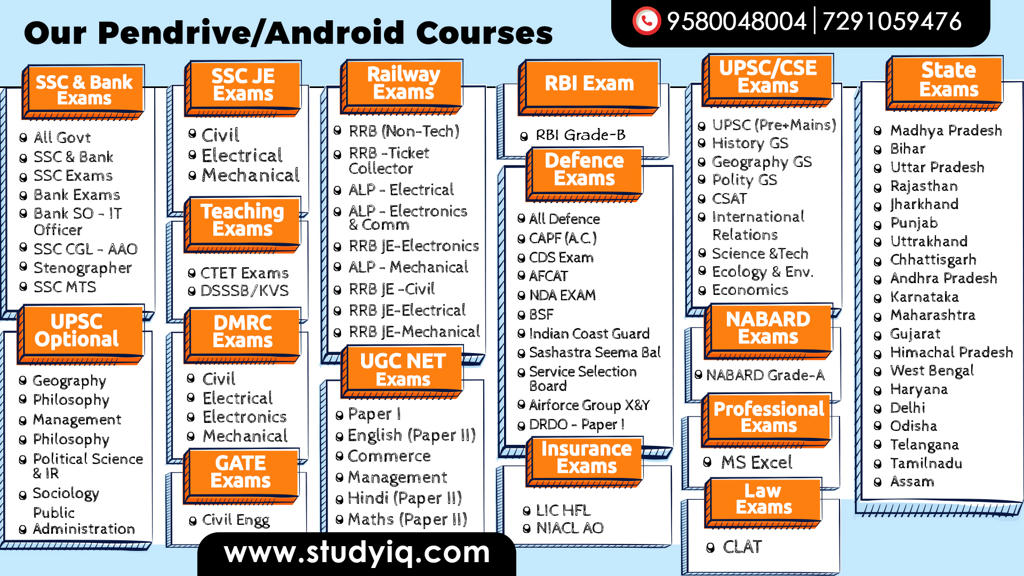Table of Contents
- Recently, the Defence Minister of India has approved a proposal for the abolition of a number of posts in the Military Engineering Service (MES).
DETAILS
- This move is in lines with the recommendations of the Lt. Gen. D.B. Shekatkar (Retd.) Committee.
- MES is the infrastructure development agency for the armed forces and defence establishments.
REASONS
- Optimum Utilisation of Resources:
- This step of abolition of around 9000 posts of basic and industrial staff will lead to significant savings.
- Almost 70% of the budget is used for payment of salaries and allowances and leaves very little money for actual infrastructural development.
- Restructuring of Workforce:
- The committee also recommended to restructure the civilian workforce in a manner that the work of the MES could be partly done by departmentally employed staff and other works could be outsourced.
- Efficient & Lean Workforce:
- Its goal is to make the MES an effective organisation with a leaner workforce, well equipped to handle complex issues in an efficient and cost-effective manner.
- Projected Savings:
- The recommendations can save up to ₹25,000 crore in defence expenditure, if implemented over the next five years.
- According to Stockholm International Peace Research Institute (SIPRI), India was the among the top three top military spenders in the world in 2019 after the US and China.
Shekatkar Committee
- It was a 11-member committee, appointed by the erstwhile Defence Minister in mid-2016.
- It was headed by Lt. Gen. D.B. Shekatkar (Retd).
- It had the mandate to suggest measures to enhance combat capability and rebalance defence expenditure of the armed forces.
- It submitted its report in December 2016.
Recommendations
- It made about 99 recommendations from optimising defence budget to the need for a Chief of the Defence Staff.
- Of these, the first batch of 65 recommendations pertaining to the Army were approved in August 2017.
- India’s defence budget should be in the range of 2.5-3% of GDP (Gross Domestic Product), in view of current and future threats.
- Establishment of a Joint Services War College for training of middle-level officers, with three separate war colleges at Mhow (Madhya Pradesh), Secunderabad (Telangana) and Goa, focusing on training younger officers.
- Military Intelligence School at Pune to be converted to a tri-service intelligence training establishment.
- Creation of the Chief of Defence Staff post and a Department of Military Affairs have been already implemented.
Restructuring of Army headquarters
- The Army headquarters had instituted 4 studies with an overall aim to enhance the operational and functional efficiency of the force, optimize budget expenditure, facilitate modernization and address aspirations.
- These studies are Re-organisation and right-sizing of the Indian Army, Re-organisation of the Army Headquarters, Cadre review of officers and Review of terms of engagement of rank and file.
- Government Owned Contractor Operated (GOCO) Model:
- In the model, the assets owned by the government are operated by the private industries.
- The main advantage of the model is that it is efficient and will boost competitiveness among the private entities.
- Closure of Military Farms and Army Postal Establishments in peace locations.
- Other recommendations which have been implemented :
- Optimisation of signals establishments, restructuring of repair units, redeployment of ordnance echelons, better utilisation of supply and transportation units and animal transport entities, etc.
Latest Burning Issues | Free PDF






















 WhatsApp
WhatsApp